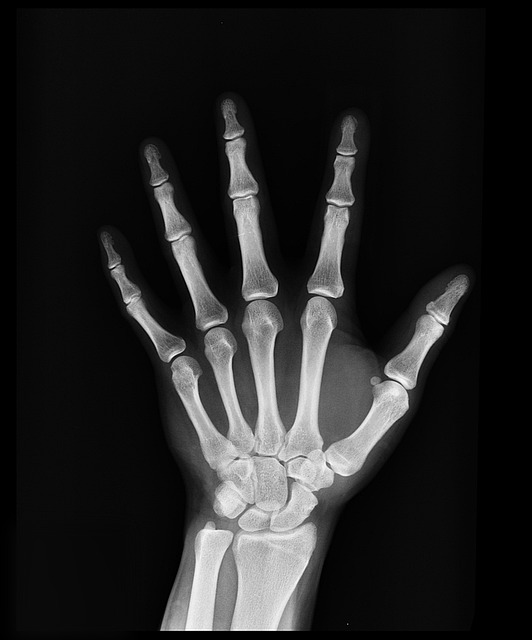Quality assurance and documentation practices for imaging services
Effective quality assurance and documentation ensure imaging services deliver consistent, safe, and diagnostically reliable results. This overview explains how sonography teams can use protocols, training, and structured records to support radiology, diagnostics, and clinical decision-making across specialties such as obstetrics, cardiology, vascular, and pediatrics.

Reliable imaging services depend on systematic quality assurance (QA) and clear documentation practices. In sonography and broader imaging departments, QA is about standardizing protocols, verifying equipment performance, and ensuring records capture the information clinicians need for accurate diagnostics. Organized documentation supports continuity of care, regulatory compliance, and meaningful audit trails for radiology, pointofcare assessments, and multidisciplinary reviews.
How do sonography protocols support imaging quality?
A written protocol defines patient preparation, transducer selection, image planes, measurement techniques, and reporting elements. In sonography, protocols reduce inter-operator variability and help ensure consistent anatomy visualization for obstetrics, cardiology, vascular, and pediatrics exams. Protocols should be reviewed regularly, aligned with professional guidelines, and include performance metrics such as image completeness rates, repeat scan frequency, and time-to-report targets. Clear protocols also aid training, simulation exercises, and certification processes by providing measurable learning objectives tied to practical competencies.
What documentation is needed for diagnostics and radiology?
Documentation should capture patient identifiers, clinical indication, exam protocol used, sonographer or operator details, equipment identifiers, image acquisition parameters, measurements with units, and a structured impression or preliminary diagnostic statement. For radiology workflows, integration with a PACS and electronic health record enables standardized templates and discrete data fields, which support quality audits and downstream analytics. Accurate timestamps, informed consent notes when applicable, and incident records for image quality issues or equipment faults are essential for traceability and corrective action.
How do obstetrics, cardiology, and vascular exams follow protocols?
Specialty-specific protocols reflect distinct anatomy, measurement standards, and diagnostic thresholds. In obstetrics, standardized biometric planes and growth chart documentation are critical for longitudinal care. Cardiology sonography requires defined views, Doppler measurements, and consistent reporting of ejection fraction or valve assessments. Vascular exams depend on segmental imaging, waveform documentation, and stenosis criteria. Protocol compliance audits, case reviews with radiology or clinical leads, and targeted elearning modules help maintain consistency across these diverse exam types.
How is pediatrics and pointofcare imaging managed?
Pediatrics and pointofcare sonography present unique QA challenges: smaller anatomy, patient cooperation, and faster bedside decision-making. Documentation must record exam context, limitations due to patient factors, and whether a complete diagnostic study or a focused, problem-oriented scan was performed. Pointofcare workflows benefit from concise structured reports that clearly separate immediate clinical impressions from formal diagnostic reports for radiology. Training pathways should include simulation and supervised scanning to build competency in pediatric anatomy and tailored imaging protocols.
How can elearning and simulation reinforce anatomy and certification?
Structured elearning modules and hands-on simulation support both knowledge and psychomotor skills in sonography. Anatomy review modules, video demonstrations of standard views, and simulated cases allow learners to rehearse protocols and interpret findings before clinical practice. Simulation can standardize competency assessments tied to certification criteria and reduce variability in diagnostics. Maintaining records of completed elearning, simulation hours, and assessment results provides documentation for credentialing bodies and internal QA processes, linking education directly to measurable performance improvements.
Which providers offer training and related services?
Training and service providers can support QA through courses, certification pathways, and consultative protocol development. The table below lists representative organizations that provide sonography education, simulation resources, and clinical practice guidelines.
| Provider Name | Services Offered | Key Features/Benefits |
|---|---|---|
| American Registry for Diagnostic Medical Sonography (ARDMS) | Certification exams, study resources | Widely recognized certification, exam-focused materials |
| Society of Diagnostic Medical Sonography (SDMS) | Continuing education, practice guidelines | Specialty-focused CE, advocacy for sonography professionals |
| American Institute of Ultrasound in Medicine (AIUM) | Guidelines, accreditation, educational courses | Clinical practice guidelines and accreditation support |
| Local academic medical centers | Hands-on courses, simulation labs, supervised clinical training | Access to clinical cases, multidisciplinary faculty, local services integration |
Prices, rates, or cost estimates mentioned in this article are based on the latest available information but may change over time. Independent research is advised before making financial decisions.
This article is for informational purposes only and should not be considered medical advice. Please consult a qualified healthcare professional for personalized guidance and treatment.
Consistent QA and thorough documentation form the backbone of reliable imaging services. By combining clear protocols, robust recordkeeping, regular training through elearning and simulation, and collaboration between sonographers and radiology teams, departments can improve diagnostic accuracy and patient safety. Ongoing review of audit metrics, equipment status, and certification records ensures that practices evolve with technological advances and clinical standards.





